
 Language
▼
Language
▼
More Language

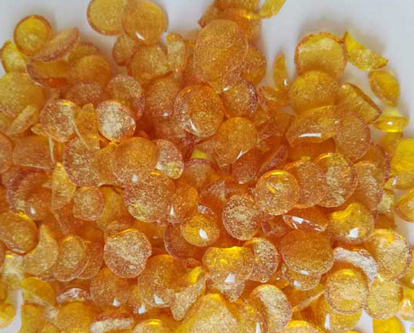

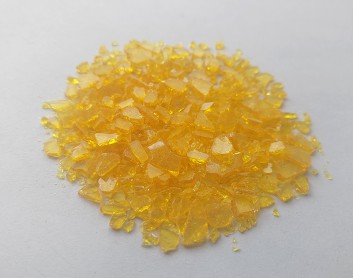
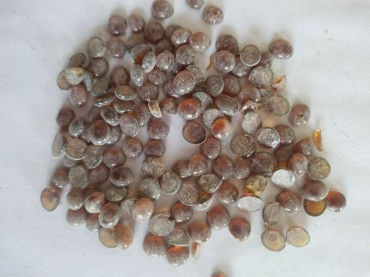
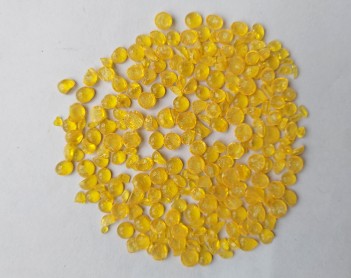
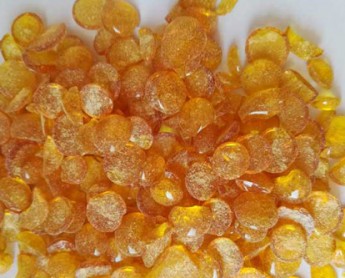
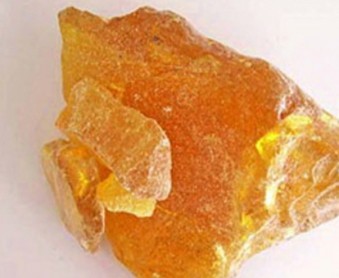

Technical analysis of C9 petroleum resin (thermal polymerization method)
I. Chemical composition and production process
Source of raw materials: The C9 fraction, a by-product of ethylene cracking unit, is the main raw material (including styrene, indene, methyl styrene and other components) and is prepared by thermal polymerization process.
Reaction mechanism: Under high temperature (200-300℃) and catalyst action, C9 aromatic components undergo free radical polymerization to form oligomer chain structures with molecular weights between 300-3000.
Process characteristics: Compared with catalytic polymerization, thermal polymerization does not require the introduction of strong acid catalysts, the product has lower impurity content (ash content ≤0.1%), and the softening point can be controlled by temperature regulation (90-140℃).
II. Physical and chemical properties
Appearance and morphology: Light yellow to reddish brown solid particles, color numbers covering 9#-18# (the chromaticity deepens with the increase of polymerization depth), and the transparency is translucent to opaque due to the difference in color numbers.
Thermal properties: softening point range 90-140℃ (ring and ball method), short-term temperature resistance up to 180℃, long-term use temperature recommended ≤120℃.
Solubility and compatibility: easily soluble in organic solvents such as toluene, xylene, gasoline, etc., and exhibits excellent compatibility when blended with polymer materials such as SBR, SBS, EVA, etc.
3. Core application areas
Rubber industry
As a radial tire carcass rubber tackifier, it improves the interfacial bonding strength between rubber and steel cord (peel force increased by 20-30%).
Adding 3-8% to rubber sealing strips and shock absorbers can improve the tear resistance of the rubber (increased by 15-25%) and aging resistance.
Adhesive system
Used in SBS hot melt adhesive formulations to replace rosin resin to reduce the risk of yellowing (color difference ΔE <2.0 after UV aging for 500 hours).
It provides a balance between initial adhesion (≥8# steel ball) and lasting adhesion (≥24h/1kg) in pressure-sensitive adhesives, and is suitable for use in areas such as labels and packaging tapes.
Coatings and inks As a high-gloss coating modifier, it improves the hardness of the paint film (pencil hardness ≥2H) and salt spray resistance (≥1000 hours).
Used as a binder in ink printing to enhance pigment dispersion and accelerate drying (surface drying time ≤15 minutes).
IV. Product classification and selection Color number classification : 9# (light yellow) to 18# (dark brown), low color number resins (9-12#) are suitable for light-colored products, and high color numbers (15-18#) are mostly used in dark industrial scenes.
Softening point selection :
Low temperature type (90-110℃): suitable for hot melt adhesives, low temperature coatings, and other scenes that require rapid melting;
High temperature type (120-140℃): used in heat-resistant fields such as tires and high temperature sealants.
Thermally polymerized carbon nine petroleum resin, with its controllable molecular structure and environmentally friendly process advantages, is gradually replacing traditional catalytic products in high-end fields such as adhesives and rubber modifications.
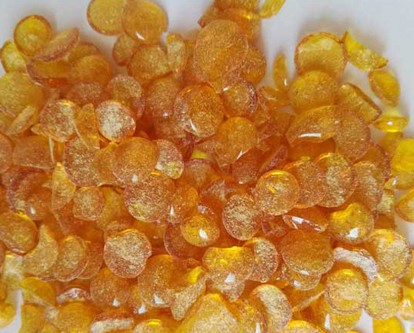
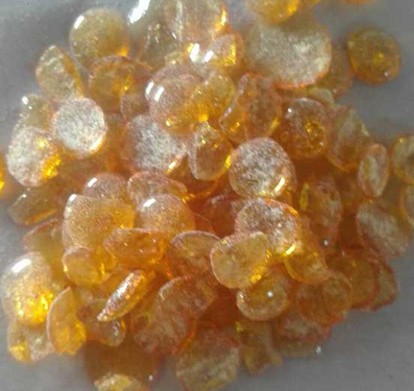
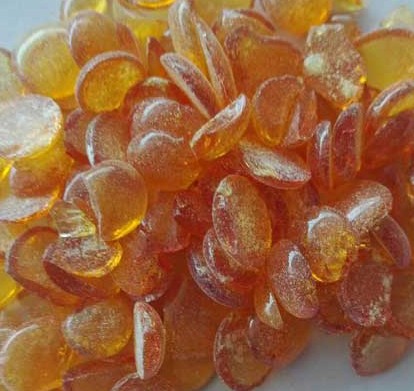
 Address:Linzi District,Zibo City,Shandong Province
Address:Linzi District,Zibo City,Shandong Province E-mail:wanbang@wanbangresin.com
E-mail:wanbang@wanbangresin.com WhatsApp:+8615053337101
WhatsApp:+8615053337101
China C5 hydrogenated petroleum resin supplier : Shangdong Wanbang New Materials Co., Ltd.
C5 hydrocarbon resin manufacturer has a wide range of applications, high quality, low price, and multiple uses.Welcome to consult.